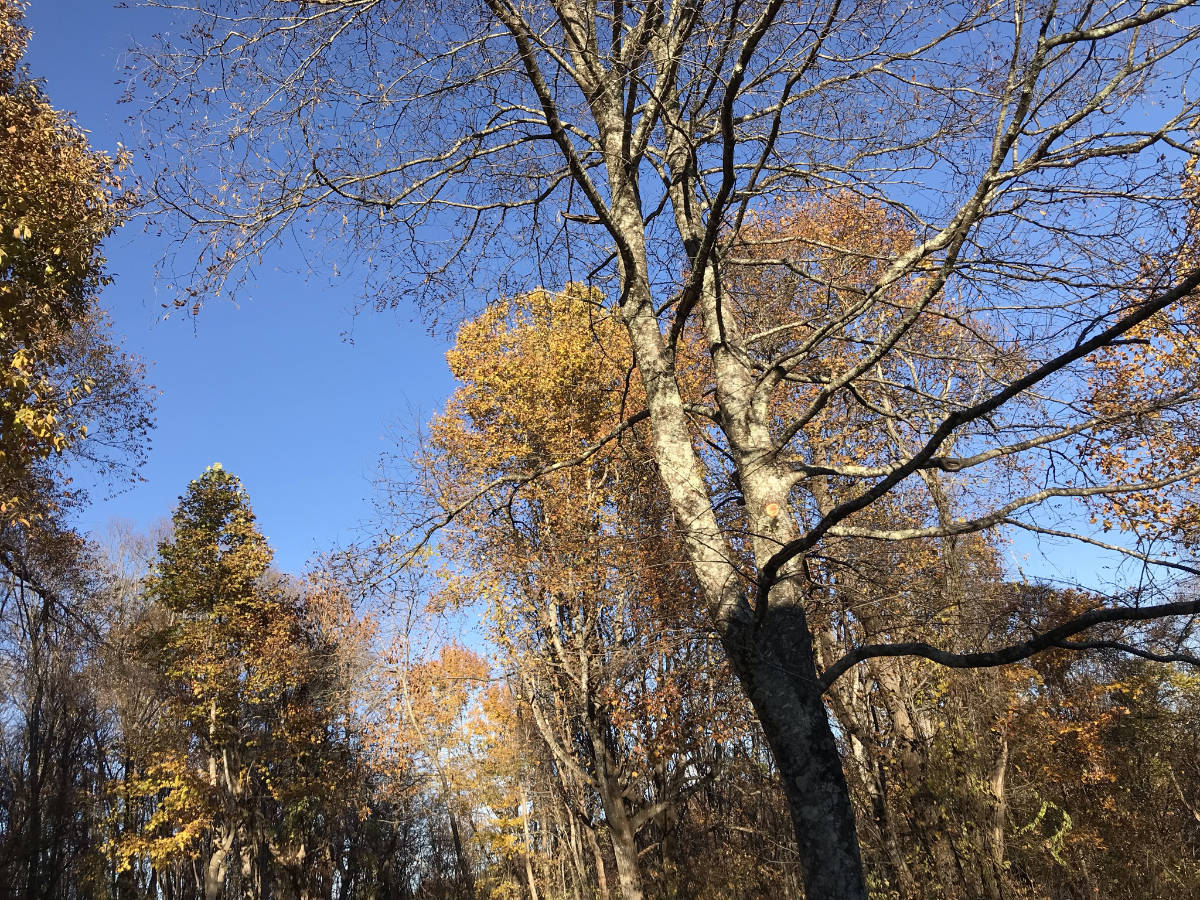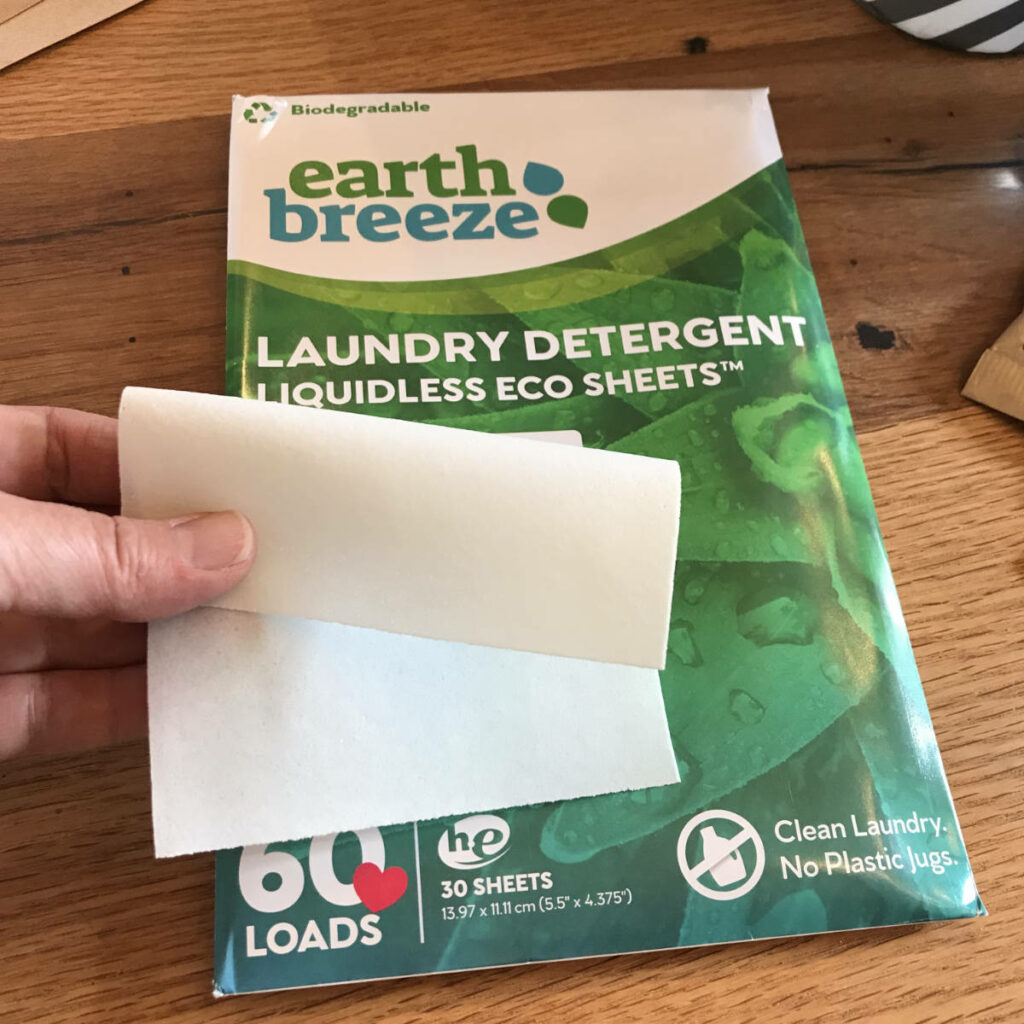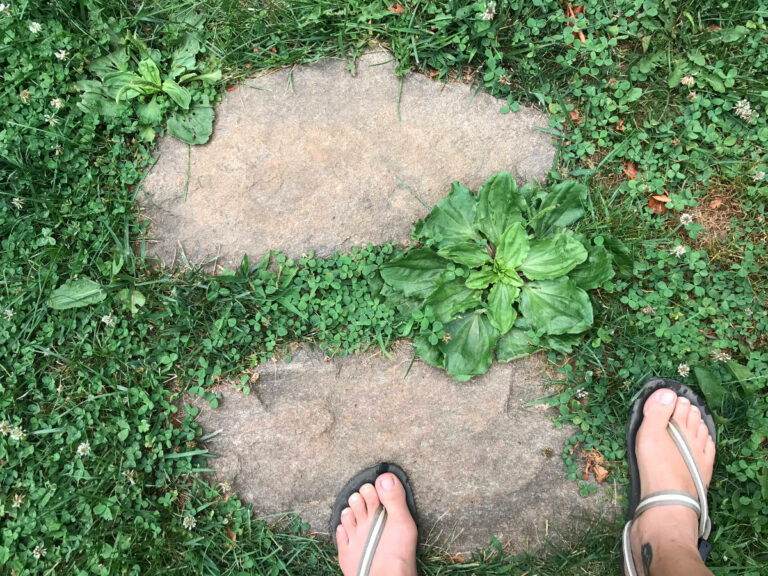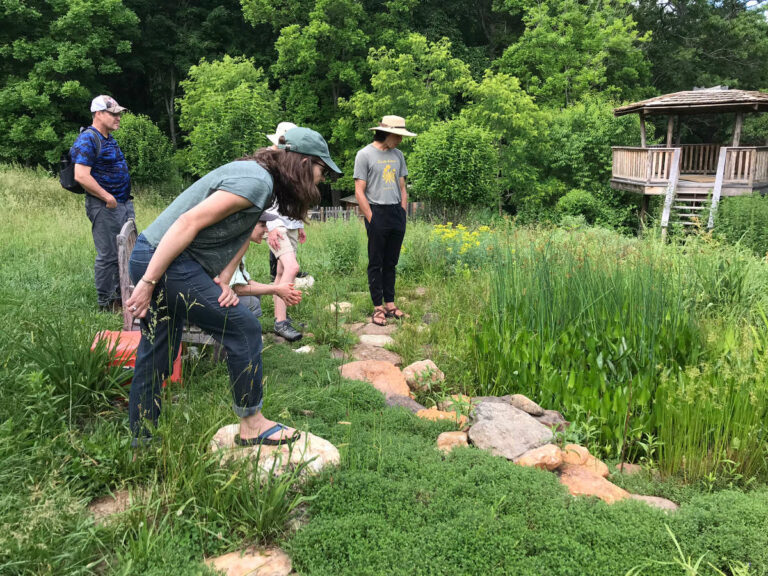Photo by Katy Morikawa
Audio
Or find the audio wherever you get your podcasts.
This process is designed to bring you closer to an intimate relationship with the beings in your environment that we often refer to simply as “Nature.” These include rocks and trees, birds, wind, and sky. It is also designed to give you a direct experience of the imaginal realm, since – what is the imaginal realm anyway? This can take as little as fifteen minutes or up to an hour. Allow yourself a little space so that you do not feel rushed.
Background
The design of this process draws heavily on the work of Becca Tarnas, and before her, Carl Jung and J. R. R. Tolkein. Becca Tarnas shared a process during her 2019 interview on the podcast Rune Soup, which I have expanded upon, building on my own decades of experience with shamanic journey work, guided experientials, and my own imaginal discoveries.
I have also drawn upon the rewilding perspectives and practices shared by Micah Mortali in his book, Rewilding, which I recommend for a beginner’s entry point into that whole movement. It’s a bit heavy on the mindfulness teaching material, but he’s got some beautiful perspectives on the illusion of the dichotomy between natural and man-made, as well as an excellent collection of beginner’s practices for rewilding or getting back to a more natural internal state through an immersion with the natural world.
Becca Tarnas’ doctoral work (her thesis is available online: The Back of Beyond: The Red Books of C. G. Jung and J. R. R. Tolkein) was my entry into a world I had already accidentally discovered on my own and which I have written about elsewhere on this blog. The key takeaway is an appreciation for a kind of creative process which remains connected to, fed by, and inspired by a greater truth which lies beyond the realm of make-believe. Some call this the numinous, others the realm of faerie, still others the imaginal realm.
In the case of Jung, the imaginal process inspired and informed his decades of groundbreaking psychoanalytic work. For Tolkein, it revealed to him the world of Middle Earth. In both cases, the resonant power of their creative output gives testimony to a process which remains for the most part dimly understood, but which creatives do seem to refer to when they talk about working with the Muse. It bears similarities to shamanic journey work, while differing in a few key ways. However, both shamanic and imaginal work share in common a certainty that the territories which are accessed largely internally are real. That is, they exist unto themselves. It is with this respect that we approach the imaginal journey.
The Exercise
1. Pick an intent
Pick an intent, the simpler and more potent the better. As Jade Grigori, the Mongolian American shaman says, “Short prayers get quicker results!” Open-ended questions are a good place to start, and could include something as simple as the wish to “see what this is all about!” I’ve been enjoying “Please lead me to what I need most at this time.” It’s your experience, go with something that has energy for you and is easy to remember. If you find yourself struggling to rehearse a long script, it’s got too many words! Pick one thing for now. You can always do more later.
2. Choose how you will record the experience
Both Carl Jung and J. R. R. Tolkein discovered that recording one of these experiences is an important part of the process. In a number of shamanic practices, drawing an image, collecting an object, or creating a worked item represents the final seal on the shamanic work. Whatever you choose, it should be durable (able to last long enough for you to revisit it any time you like) and readily remind you of the exeprience. Suggested methods:
- writing – by hand or by typing
- drawing – this can be a literal representation of any visual elements or of a symbol which captures the essence of the experience
- voice memo – making an actual recording, for which I like using the voice memo app on my phone
- painting
- sculpture
- a worked item that you create
With all of these methods, it does not matter whether you’re a good writer or feel confident in your drawing skills (you should see some of the goofy drawings I’ve made!), but only that you’ve made the effort to capture the experience, and concretize it or bring it into this world.
Once you’ve chosen your method, set up your tools so that they will be ready for you when you finish. If you’re like me and comfortable multi-tasking–such as narrating into a voice app or scribbling in a journal while simultaneously holding an internal dialogue or image, consider bringing these tools with you as you go outside for the next step.
3. Find a partner in nature
Holding your intention in your mind, find something outdoors in nature that draws you or beckons you to it. Allow yourself to be pulled without worry that it might not be the right thing. Examples might inlude that little crumpled dried leaf beside the sidewalk or a tree in your back yard. It might be as wide as the sky itself or as boundless as the wind. Once you’ve found your partner in nature, find a comfortable place to relax near it and sit or settle yourself comfortably so that you can see and/or touch it. If you can’t get close to it, then position yourself with a good view of it. Set yourself up with whatever you need to be comfortable, be that a chair, a blanket, or anything else.
4. Attunement: Watch, Listen, Hear, Smell, Feel
Begin by taking a few calming breaths to center and focus yourself. Now open your senses: your eyes, ears, nose. During this phase, you’re going to really allow yourself to drink in everything about it. To start with, don’t pick it up or touch it, but allow your eyes to trace over all of its edges, to rest into its colors and textures, all of its shape and details. If it has movement, watch it move. If it has a fragrace, bring yourself close enough to smell it, but resist the urge to pluck a flower or leaf, or otherwise disturb it. If it has a sound, what is the sound? If it doesn’t seem to have a sound, can you listen more deeply? Finally, if it feels right to do so, if you get a sense of permission, touch it. What is the texture under your fingers? How does it respond to your touch? Does it give off a fragrance? In what other ways does your touch affect it?
5. Opening the Imaginal Eye
Once you feel complete and you can now hold an image or felt sense steadily in your mind’s eye or your felt sense if you’re not visual, close your eyes. You can lie down for this phase if that feels appropriate, or remain seated. As you hold the image or felt sense of your tree or your rock in mind, bring your original intent clearly into your mind–and this is where you might be developing a new muscle–what you’re going to do is wait. Wait. Wait for the image to move. Wait for it to begin to interact with you. Don’t force this, don’t worry if nothing happens right away, and don’t use your imagination to creatively visualize a scene. Wait for it to speak or make itself known to you.
During this phase, you can interact with it. You can ask it questions. You can laugh and cry. You can let it know what you’re seeing it do, especially if it’s vague and you’re unsure (for example, “I think I see you hopping around on the lawn, nibbling some grass. Is that right?”)
A note from both dream work, shamanic work, and psychedellic work: If something scares you, roars or growls at you, notice how it makes you feel and then resist the urge to run away or try to change it. Instead, lean toward the roaring image and ask it, “What are you trying say? Why are you doing this? What have you got to teach me?” (This, by the way, can be a useful muscle to develop in life, especially with our own inner demons).
When you are complete, you should feel a sense of fulfillment and wholeness. Not necessarily in the big picture, but with this moment.
6. Giving Thanks
Expressing gratitude is an important part of all relationships, and here is no exception. Feel free to express your thanks in any sincere way that moves you. You may also feel moved to ask the nature being who has lent of its essence for this process – What can I do for you in return? How can I thank you? If it offers no suggestions (a tree recently pointed out to me a branch it would like pruned), do not underestimate the value of a sincere heartfelt statement of thanks. But you might also create a physical gesture, dance around the yard, or create a small momento of the experience such as a small circle of stones or some other creative work of art.
7. Recording the Imaginal Encounter
You can record the experience as a full end-to-end narrative or as highlights–into your voice memo app, into a journal, in a Word document, or in an email to yourself. If you record the voice memo, I recommend emailing it to yourself when you’re done. You can draw an image of what you saw, or an image that captures the entire experience in a more symbolic way. The more evocative it is, so that you can come back to it and remember the experience at a later time, the better. It matters far less that anyone other than you would call it art 🙂 You can of course create a painting or a sculpture or a worked piece, as your feel inspired. If you choose to create an object using a member of the natural world, be sure to ask its permission and wait until you receive it.
Make sure that whatever method you use, you complete it.
Takeaways
This process can be expanded to work with dream images or visionary content. It can become a lifelong practice, and indeed that is how Jung used active imagination. It can be used with a very simple and sweet approach or to dive deep into your own psyche and personal healing. If you do want to go deep, I recommend you have resources who can support you in this work, be it a therapist, coach, reliable mentor, AA group, or your own training in counseling and psychology (although it’s still nice to have others there to provide feedback and support).
Drop me a line and let me know how it goes for you! Or leave a comment. All my best and wishing you the joy of discovery!
The Imaginal Journey with Nature was born out of my earnest desire to create ways for humanity to fall back in love and into a deeper relationship with nature. My growing alarm about the ecological situation we all face led me to research, test, and put together an Eco Sampler Gift Pack this year for Christmas for my peeps. Because I realized that most of us may not individually have much power, but as consumers, especially together at scale, we can make a big difference. In fact, our daily consumables may represent one of the biggest leverages we have.
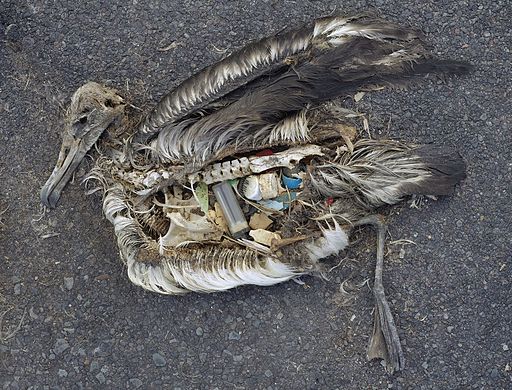
Photo by Chris Jordan via Wikimedia Commons and at the artist’s photo collection Midway: Message from the Gyre (2009 – Current).
So, I’m going to feature a product from the Sampler Pack in my next few posts. Each one meets my criteria for affordability, effectiveness and makes a big dent in issues like carbon footprint and environmental costs. If you want to jump straight to the whole product collection, click here:
Earth Breeze Liquidless Laundry Detergent Sheets
Each detergent sheet = a full cap of liquid soap. This stuff works great! It’s safe for HE machines, gray water and septic safe, vegan, cruelty free and very clean (paraben free, hypoallergenic, phthalate free, phosphate free, bleach and dye free), making it safe for sensitive skin. All in an extremely small size, and plastic-free biodegradable packaging! Available in Fragrance Free or Fresh Scent. Dissolves readily (better than pods or powdered soap). A 30-sheet pack should last most two-person households a month.
This pivot from a liquid detergent to a highly concentrated lightweight solid is a theme in the Eco Sampler Pack this year, so I thought I’d say a bit about how it helps:
- Drastically reduces the high carbon footprint associated with shipping liquid soap (or traditional powdered soap, for that matter). Just take a look at the soap aisle, now multiply that by thousands and you start to get a picture of the shipping burden.
- Completely eliminates plastic bottle waste. Think of how big those bottles are and multiply by millions upon millions! To make matters worse, colored laundry detergent stains the bottles and makes them un-recyclable. In the best-case scenario, plastic can only be recycled once anyway, and it endures a long time in the environment. It is ravaging the food chains in the oceans.
Order one at a time for $20/ea, get a monthly subscription for $12/ea, or get your carbon impact done for the year by ordering a full year’s supply for $119/12 packs at earthbreeze.com.
That’s all for today! Have a beautiful week.

